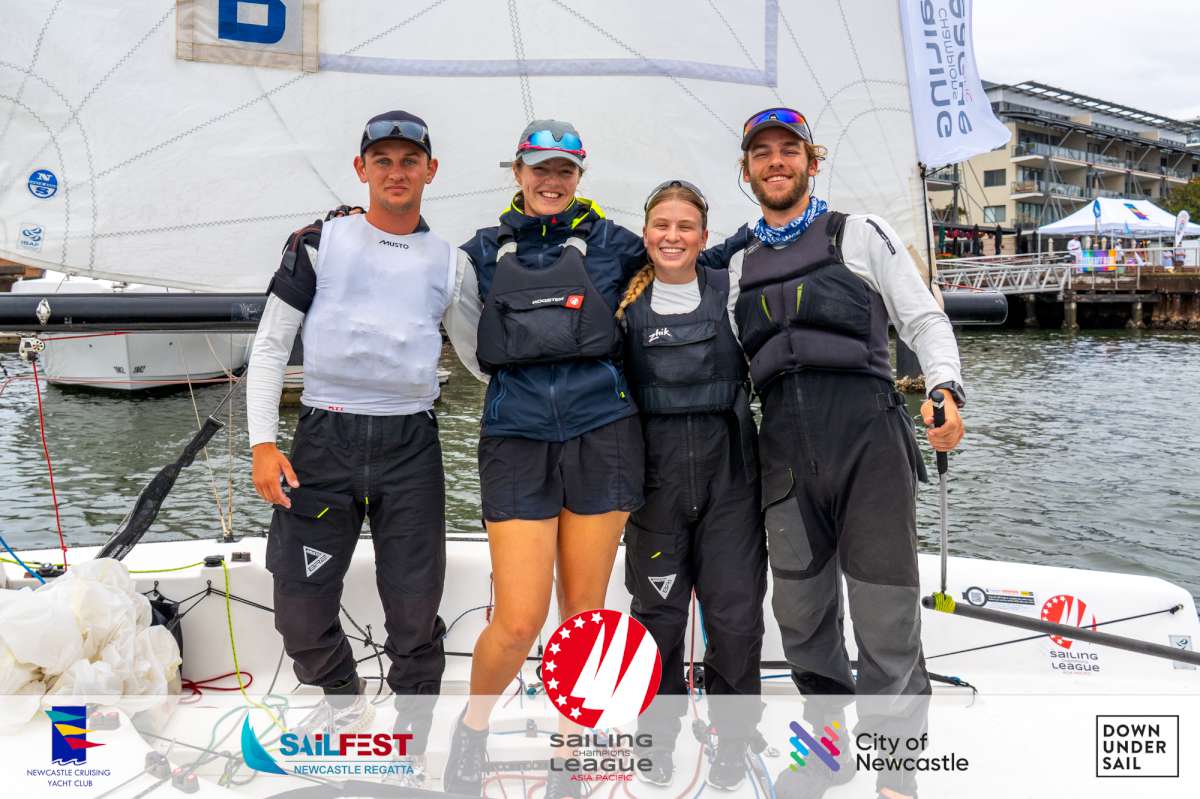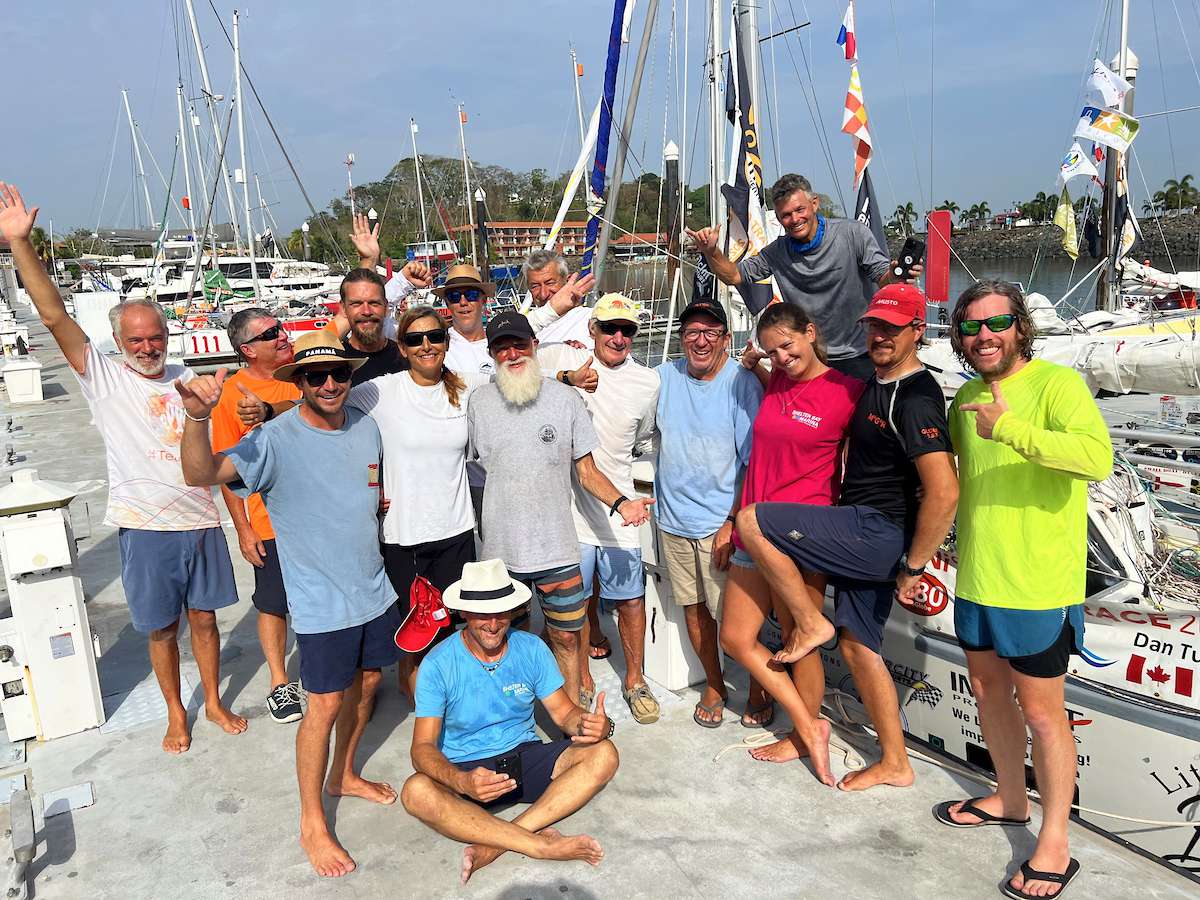Rest periods are an important element of competitive sailors' yearly training plans, by Andrew Verdon.
Taking time off is crucial. You should not train all year round as if you were still racing. This includes both on and off the water sessions. In elite athletes' annual plans we call this a transition time – a time to move from the competitive season to the new pre-season. No elite athlete trains all year round – they always work to a pre-season/season/off-season model.
A periodised program is simply one that plans the program into cycles and at each change the intensity, volume and focus of the program is altered. It typically follows a course of higher volume and lower intensity and as it progresses, intensity is stepped up while volume is reduced. It has been described as “adopting a sensible and well planned approach to training which maximises gains and encourages performance improvement.”
A good plan has three phases: preparation, competitive, and transition, or pre-season, season and off-season.
Transition period/off-season
After the competition season concludes, the intensity returns to a low level and volume is also kept low to enable the athlete to recover physically and recuperate mentally. The athlete is kept active to maintain some condition and cross training is often utilised.
For most domestic sailors the period around April and May, or May and June is the perfect time for the off season to occur. By July you should be moving towards pre-season training and activities, as the summer season approaches in September or October.
Of course if you are competing in any northern hemisphere events or world championships then this will vary the timing. The Australian Sailing Team athletes, for instance, generally have two transition periods in a year: February for a few weeks and also in September.
The off-season should be included and thought about just as any other part of the training year. Time off is crucial for all the ‘Re's:
- Resting the mind and body
- Review of the last season
- Rejuvenation of any fatigue
- Renewal of focus
- Recovery of any niggles or injuries
Recuperation of the most commonly used sailing muscles
- Renewal of motivation
- Refresh your energy reserves
- Reduce your training loads
What should you do?
- Light activity – low intensity exercise.
- Different to your usual program.
Try other “social” sports, not too competitive or pressured.
Plan it but do not feel you are working to a structured schedule – keep it relaxed.
Try different movements and muscles to the usual sailing ones.
- Not too intense – low mental pressure.
- Have fun and avoid monotony.
Try to include both indoor and outdoor activities.
Some examples I have seen work include:
- Daily walk
- Swimming light laps
- Surfing
- Yoga
- Indoor mixed netball or soccer
- Playing Frisbee
- Cycling
- Tennis
- Pilates
How long?
The off-season should generally last a minimum of four weeks to around six to eight weeks.
Then approach the new season with freshness and vigour. If it feels laborious when you return to training, then you probably need more time off!























